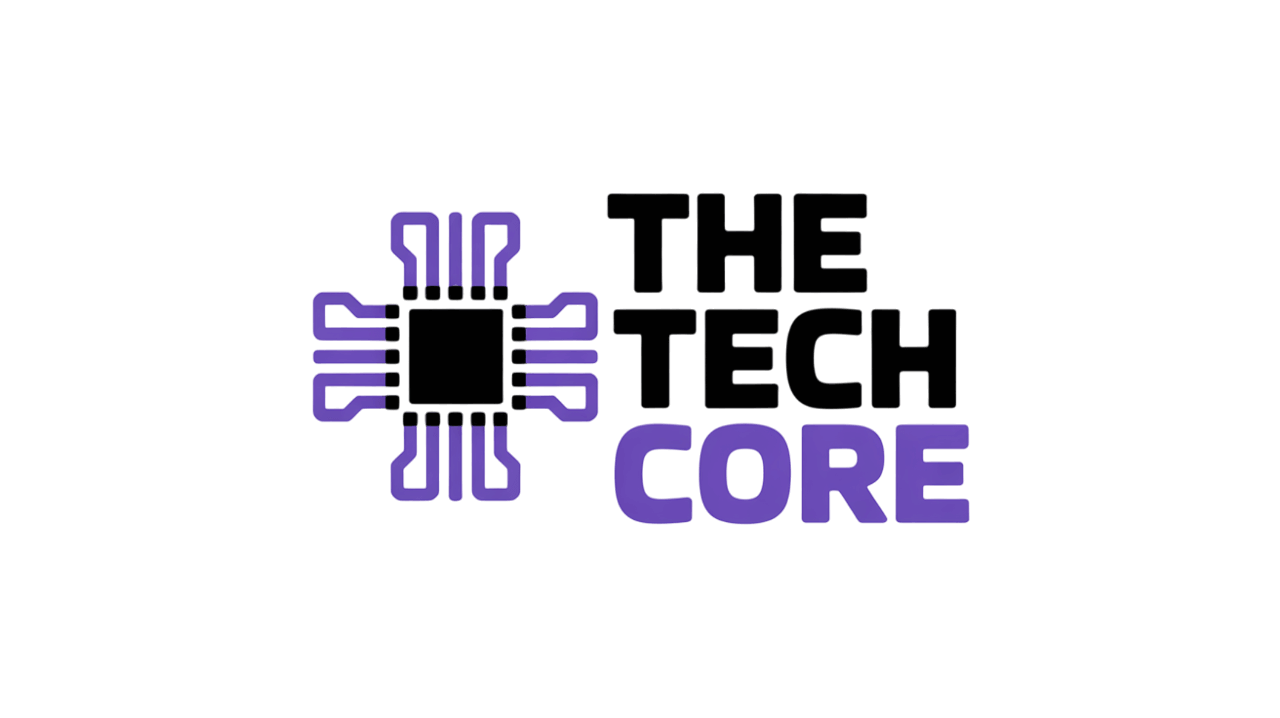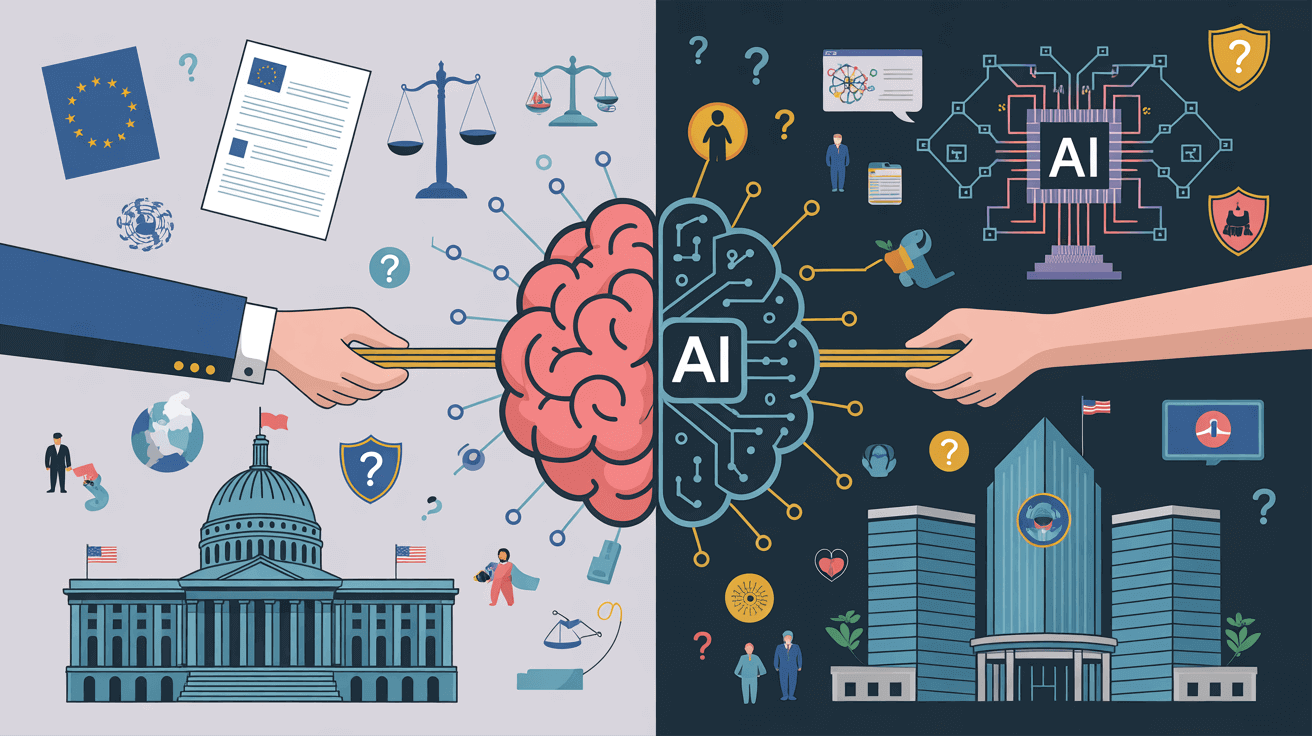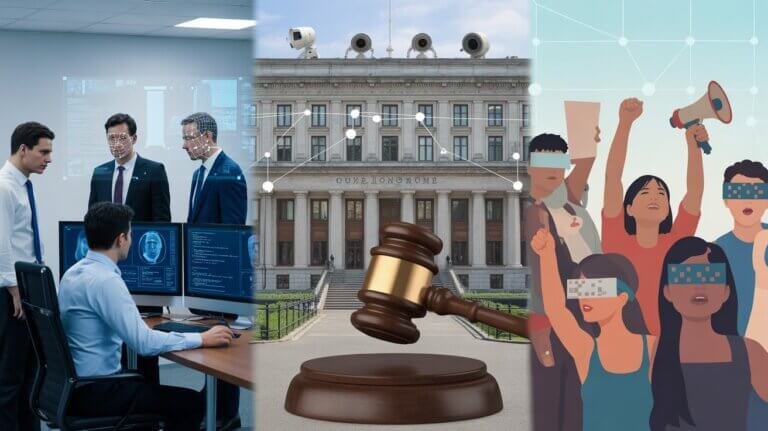Here’s the thing that keeps me up at night: we’re building the most powerful technology in human history, and nobody can agree on who should control it. Moreover, AI governance frameworks are being developed in boardrooms, government offices, and university labs around the world—but we’re still figuring out who gets the final say. Additionally, the race to create these AI governance frameworks isn’t just about technology; it’s about power, values, and the future of human society.
You’ve probably heard the headlines about AI doing incredible things—and some scary ones too. But what you might not realize is that behind every AI system, there’s a complex web of decisions about who watches the watchers. Furthermore, this isn’t just a tech problem; it’s fundamentally about who gets to decide what’s ethical, what’s safe, and what’s acceptable in our AI-powered future.
The Current Landscape: A Global Patchwork of AI Governance Frameworks
Right now, the world looks like a jigsaw puzzle where every piece comes from a different box. Moreover, different countries, companies, and organizations are all creating their own AI governance frameworks, and frankly, they don’t always fit together well.
The European Union leads the charge with their comprehensive AI Act, which became effective in August 2024. Additionally, this isn’t just guidelines—it’s binding law with real teeth. Furthermore, the EU’s approach uses a risk-based classification system that puts AI systems into categories from “minimal risk” to “unacceptable risk.”
Meanwhile, the United States takes a different approach entirely. Instead of one big law, America relies on sector-specific regulations and industry self-governance. However, President Trump’s recent executive order “Removing Barriers to American Leadership in Artificial Intelligence” signals yet another shift in AI policy direction.
But here’s where it gets interesting: China, Singapore, and other Asian nations are developing their own AI governance frameworks that reflect entirely different cultural values and priorities. Consequently, we’re seeing a global landscape where AI systems might be perfectly legal in one country but completely banned in another.
The Key Players Fighting for Control
Governments: The Rule Makers
Governments want control because they’re ultimately responsible for protecting their citizens. Moreover, they’re the ones who have to deal with the fallout when AI systems cause harm or perpetuate bias. Additionally, lawmakers are trying to balance innovation with protection—and it’s harder than it sounds.
The UNESCO Recommendation on AI Ethics represents an attempt at global coordination, covering all 194 UNESCO member states. Furthermore, this framework emphasizes human rights, transparency, and fairness—but it’s non-binding, which means countries can ignore it if they want.
At the national level, we’re seeing wildly different approaches. For instance, the EU AI Act bans certain AI applications outright, like social scoring systems and real-time biometric identification in public spaces. Conversely, other countries are much more permissive about these same technologies.
Corporations: The Builders and Deployers
Tech companies argue they should lead AI governance because they understand the technology best. Moreover, they’re the ones actually building these systems, so they know what’s technically possible and what isn’t. Additionally, companies like Google, Microsoft, and OpenAI have developed their own internal AI governance frameworks that often go beyond legal requirements.
But there’s a obvious conflict of interest here. Furthermore, asking companies to regulate themselves is like asking a fox to guard the henhouse. Consequently, many experts worry that corporate self-regulation will prioritize profits over public safety.
Some companies are trying to bridge this gap by creating external advisory boards and partnering with academic institutions. However, critics argue that these efforts are mostly for show—a way to appear responsible while maintaining control over the development process.
International Organizations: The Coordinators
Organizations like the OECD and UNESCO are working to create global standards for AI governance frameworks. Moreover, these institutions bring together experts from around the world to develop best practices and ethical guidelines.
The challenge is that international organizations have limited enforcement power. Additionally, their recommendations are often watered down to accommodate different national interests and values. Consequently, we end up with principles that sound good but lack the specificity needed for real governance.
The Core Issues Driving the AI Governance Frameworks Debate
Balancing Innovation with Safety
The biggest tension in AI governance frameworks is between moving fast and staying safe. Moreover, companies want to innovate quickly to maintain competitive advantage, while regulators want to ensure new technologies don’t cause harm.
This tension is playing out in real time. For example, the rapid development of generative AI caught many regulators off guard. Additionally, systems like ChatGPT and Claude were deployed to millions of users before comprehensive AI governance frameworks were in place.
The result? We’re essentially conducting a massive experiment on society. Furthermore, we’re learning about AI’s capabilities and risks as we go, which makes it incredibly difficult to create effective governance structures.
Cultural Values and Ethical Differences
Here’s something that doesn’t get talked about enough: different cultures have fundamentally different views about privacy, individual rights, and the role of technology in society. Moreover, these differences make it nearly impossible to create universal AI governance frameworks.
For instance, European regulations heavily emphasize individual privacy and consent. Conversely, some Asian countries prioritize collective benefit and social harmony. Additionally, American approaches often focus on economic competition and innovation.
These aren’t just philosophical differences—they translate into completely different regulatory approaches. Consequently, an AI system that’s considered ethical in one culture might be seen as deeply problematic in another.
The Speed Problem
Technology moves at Silicon Valley speed, but governance moves at government speed. Moreover, by the time regulators understand a new AI capability, the technology has already evolved three generations further.
This creates a fundamental mismatch. Additionally, traditional regulatory processes that work for slower-moving industries simply can’t keep up with AI development. Furthermore, by the time new laws are passed, they’re often addressing yesterday’s problems rather than today’s realities.
Some countries are experimenting with “regulatory sandboxes” that allow for faster iteration on AI governance frameworks. However, these approaches are still in their infancy, and it’s unclear whether they can scale to address the full scope of AI governance challenges.
Real-World Examples: AI Governance Frameworks in Action
Healthcare: Where Life and Death Meet AI
In healthcare, AI governance frameworks aren’t just academic exercises—they can literally be matters of life and death. Moreover, the FDA’s Digital Health Center of Excellence represents one approach to regulating AI in medicine.
The challenge is that medical AI systems need to be both innovative and incredibly safe. Additionally, patients need to trust that AI recommendations are based on sound medical evidence, not biased data or flawed algorithms.
Different countries are taking dramatically different approaches. Furthermore, while the EU requires extensive documentation and risk assessment for medical AI, other jurisdictions have much lighter requirements. Consequently, we could see the same AI diagnostic tool approved in one country but rejected in another.
Financial Services: Money and Algorithms
Banks and financial institutions are using AI for everything from loan approvals to fraud detection. Moreover, these applications directly affect people’s lives and economic opportunities, making AI governance frameworks crucial.
The Office of the Comptroller of the Currency in the US has established specific guidelines for AI in banking. Additionally, these frameworks focus on ensuring that AI systems don’t perpetuate discrimination in lending and financial services.
But here’s the problem: financial AI systems are often incredibly complex, making it difficult for regulators to understand how they make decisions. Furthermore, when an AI system denies someone a loan, it’s not always clear why—or whether the decision was fair.
Social Media: The Wild West of AI Governance
Social media platforms use AI to moderate content, recommend posts, and target advertisements. Moreover, these systems affect billions of people’s daily experiences and access to information. Additionally, the stakes couldn’t be higher—AI governance frameworks in this space directly impact democracy, free speech, and social cohesion.
The challenge is that content moderation at scale is incredibly difficult. Furthermore, what’s considered acceptable speech varies dramatically across cultures and legal systems. Consequently, platforms often find themselves making decisions that please no one.
Some countries are demanding that platforms explain their algorithmic decision-making. However, companies argue that revealing too much about their AI systems could help bad actors game the system.
The Future: Who Will Win the AI Governance Frameworks War?
The “Brussels Effect” vs. American Innovation
The EU’s comprehensive approach to AI regulation is already influencing global standards—a phenomenon called the “Brussels Effect.” Moreover, companies that want to operate in the European market must comply with EU rules, which often means adopting those standards globally.
However, the US is pushing back with its own vision of AI governance that prioritizes innovation and economic competitiveness. Additionally, the Trump administration’s recent policy changes signal a more hands-off approach to AI regulation.
This creates a fundamental tension: Will the world move toward stricter, EU-style AI governance frameworks, or will the American model of industry self-regulation win out?
The Role of Emerging Powers
Countries like China, India, and Brazil aren’t just passive observers in this process. Moreover, they’re developing their own AI governance frameworks that reflect their unique values and priorities. Additionally, as these nations become more influential in global technology markets, their approaches to AI governance will matter more.
For instance, China’s approach to AI governance emphasizes social stability and collective benefit. Furthermore, this creates AI systems that might be optimized for very different outcomes than those developed under Western frameworks.
The Collaboration Imperative
Despite all the competition and disagreement, there’s growing recognition that AI governance frameworks need some level of global coordination. Moreover, AI systems don’t respect national borders, and the risks they pose—from bias to existential threats—affect everyone.
The recent Paris AI Action Summit brought together global leaders to discuss exactly these challenges. Additionally, initiatives like the G7 Hiroshima Process are attempting to create shared principles for AI governance.
But creating truly global AI governance frameworks remains incredibly challenging. Furthermore, countries are reluctant to cede sovereignty over such a strategically important technology.
What This Means for You
As a Consumer
Right now, you’re subject to a patchwork of AI governance frameworks, depending on where you live and which services you use. Moreover, the AI systems that affect your daily life—from search results to loan approvals—are governed by different rules and standards.
The best thing you can do is stay informed about AI governance developments in your region. Additionally, pay attention to how companies explain their AI decision-making, and don’t be afraid to ask questions when AI systems affect you.
As a Professional
If you work with AI in any capacity, understanding AI governance frameworks isn’t optional—it’s essential. Moreover, compliance requirements are becoming more complex and varied across different jurisdictions.
The key is to build governance considerations into your AI projects from the beginning, rather than treating them as an afterthought. Additionally, stay connected with professional organizations and industry groups that track regulatory developments.
As a Citizen
The decisions being made about AI governance frameworks today will shape the world your children grow up in. Moreover, these aren’t just technical decisions—they’re fundamentally about what kind of society we want to build.
Get involved in the conversation. Furthermore, many governments are actively seeking public input on AI governance policies. Additionally, vote for leaders who understand these issues and are committed to responsible AI development.
The Bottom Line: We’re All in This Together
The question of who will regulate AI isn’t going to be answered by any single entity. Moreover, effective AI governance frameworks will require unprecedented collaboration between governments, companies, civil society organizations, and international institutions.
What’s at stake isn’t just the future of technology—it’s the future of human autonomy, equality, and prosperity. Additionally, the choices we make about AI governance frameworks today will reverberate for generations.
The good news is that people around the world are taking these challenges seriously. Furthermore, we’re seeing more investment in AI safety research, more public engagement with AI governance issues, and more recognition that we need to get this right.
But we can’t be complacent. Moreover, the window for shaping AI governance frameworks is still open, but it won’t stay that way forever. Additionally, the decisions we make in the next few years will likely determine who controls AI—and by extension, who controls the future.
The fight over AI governance frameworks isn’t just a policy debate—it’s a battle for the soul of human technological progress. Consequently, all of us have a stake in the outcome, and all of us have a role to play in shaping it.








